全部商品分类
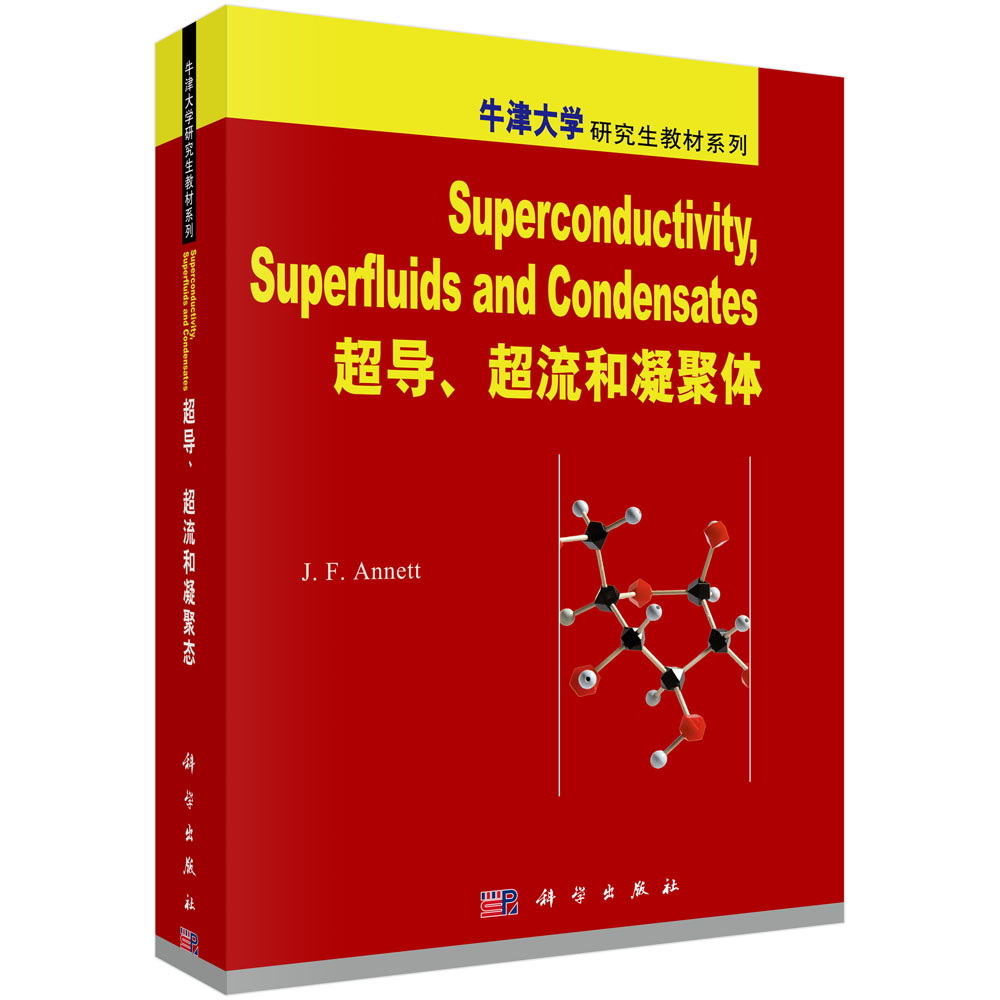
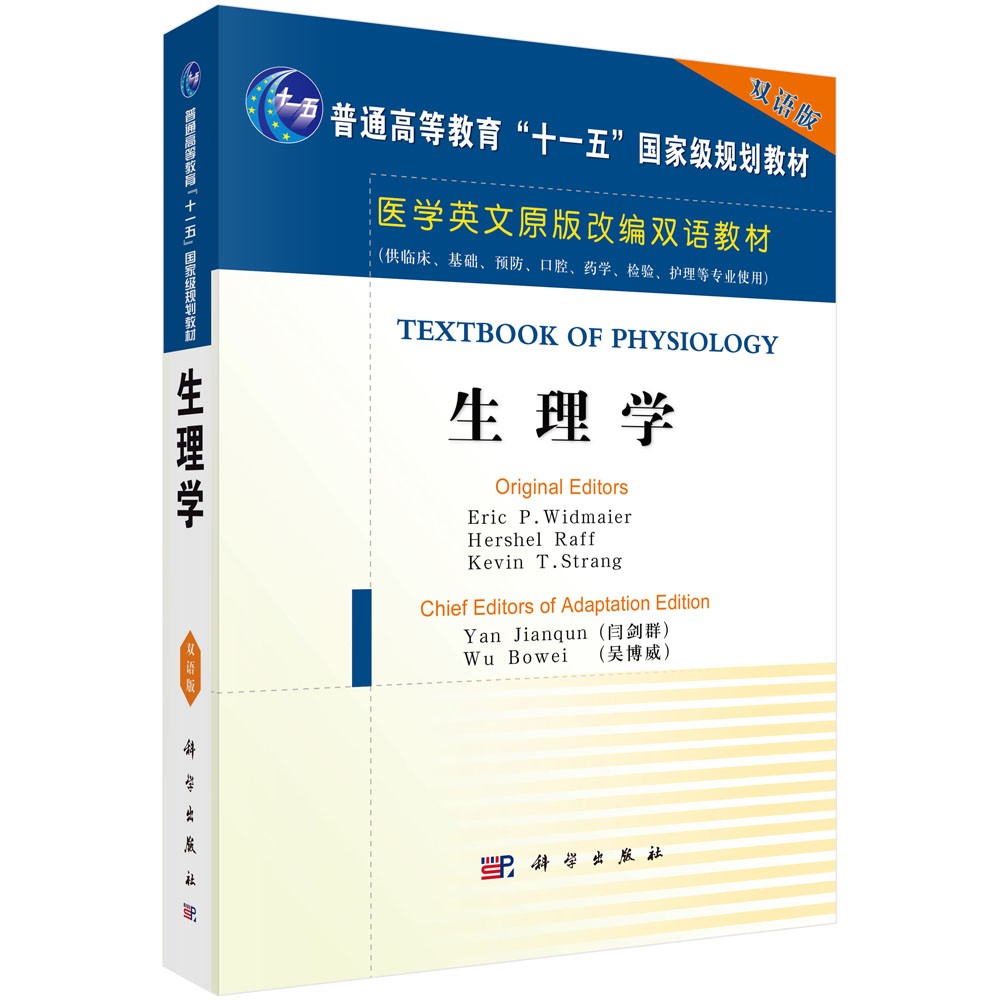



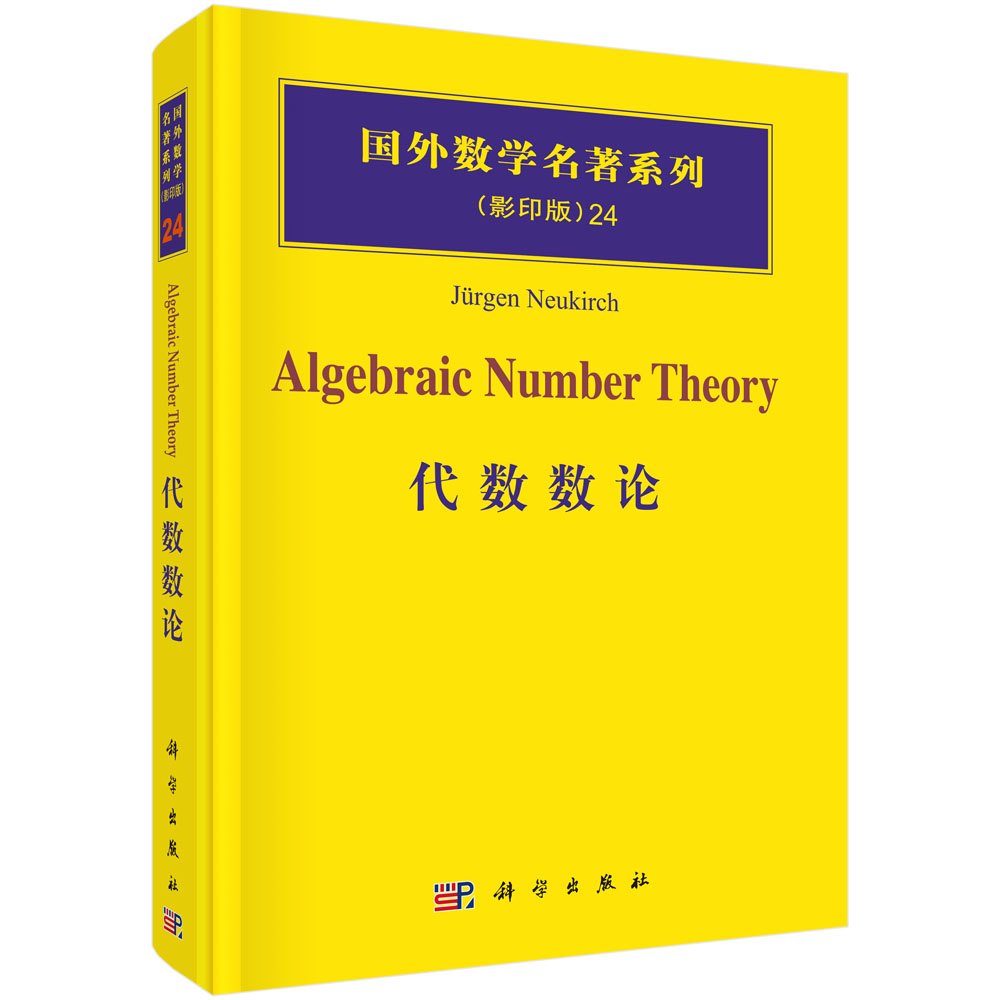
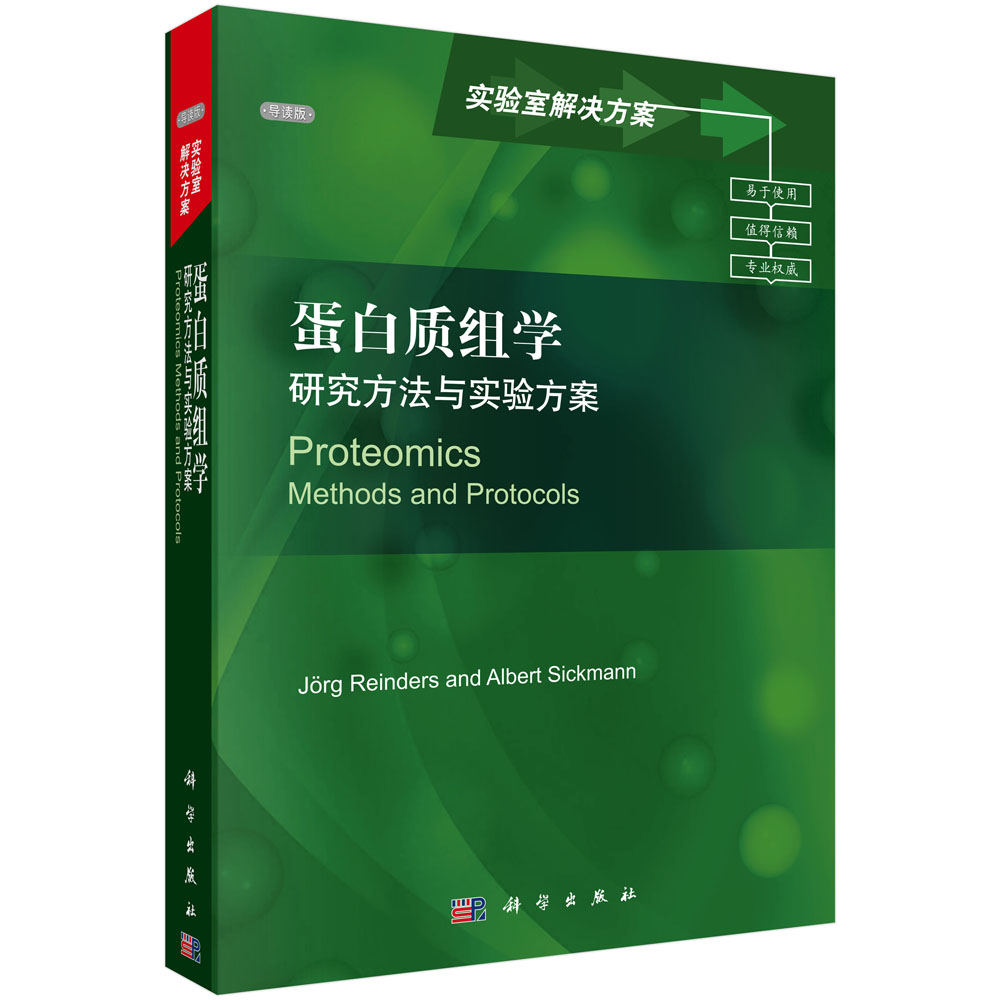

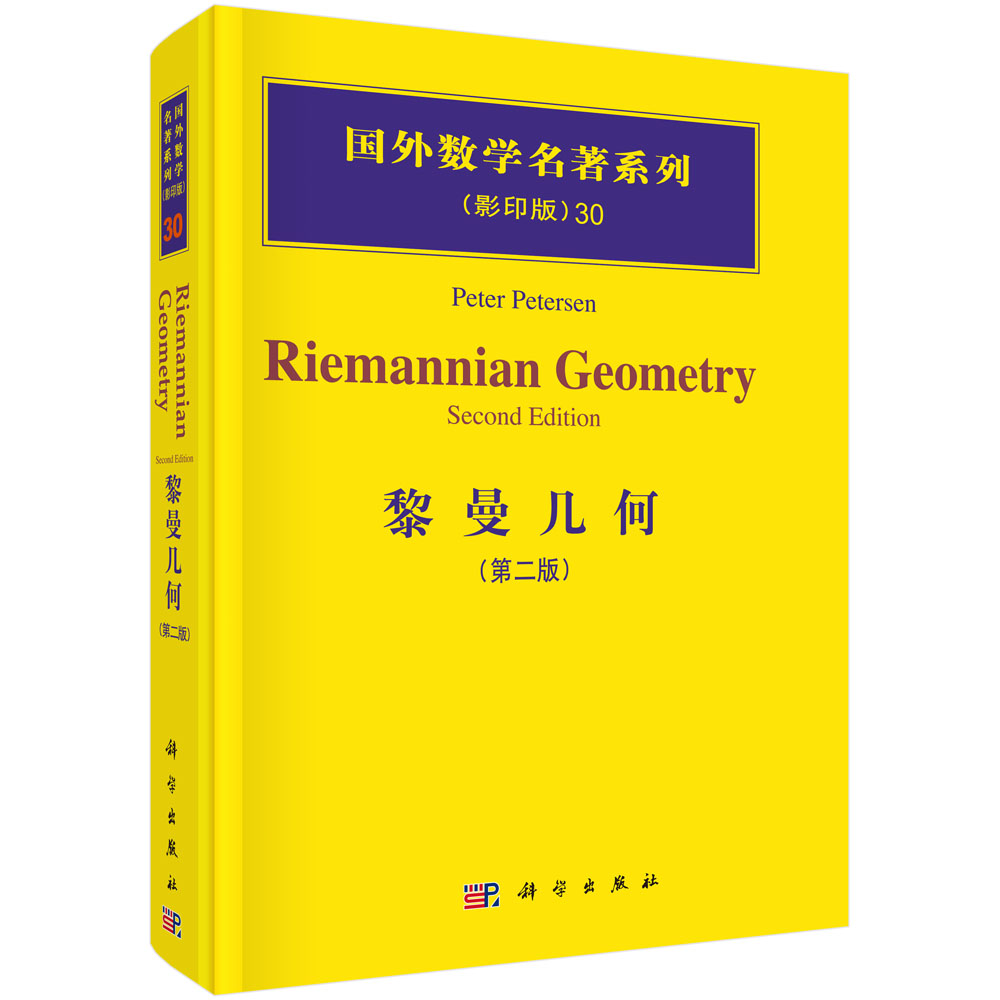





















The book focuses on the orbital dynamics and mission trajectory (transfer or target trajectory) design of low-energy flight in the context of modern astrodynamics. It investigates various topics that either offer new methods for solving classical problems or address emerging problems that have yet to be studied, including low-thrust transfer trajectory design using the virtual gravity field method; transfer in the three body system using invariant manifolds; formation flying under space-borne artificial magnetic fields; and the orbital dynamics of highly irregular asteroids. It also features an extensive study of the orbital dynamics in the vicinity of contact binary asteroids, the third-order analytical solution of orbital motion in the vicinity of the non-collinear equilibrium point.
样章试读
- 暂时还没有任何用户评论
全部咨询(共0条问答)
- 暂时还没有任何用户咨询内容